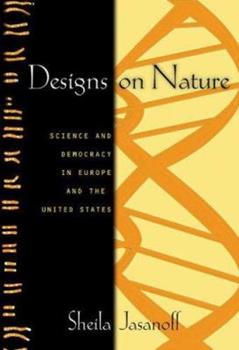Hess, David J. 2016. Undone Science: Social Movements, Mobilized Publics, and Industrial Transitions. Cambridge and London: The MIT Press.
Review by Michael Beach
In this work, David J. Hess looks at controversial issues that involve “complex scientific and technological issues that can provoke sharp divisions in public opinion” (Hess 2016, 1). As a way to examine the role of scientific and technological expertise Hess includes specific topics to include climate change, industrial pollution, nanomaterials, technologies of surveillance, and products of molecular biology. It’s safe to say these topics are both ongoing and controversial. Although he looks at the political issues themselves, the point of the work is to look at epistemological perspectives by and about scientists and technologists involved in these specific focus areas.
One example of an area Hess examines is depicted in the chapter 3 title; “The Politics of Meaning: From Frames to Design Conflicts” (Hess 2016, 79). The controversial topics noted above are not the focus of this chapter so much as the setting. The focus is on how researchers tend to frame the arguments and issues that need attention, and the cultural factors that influence their analysis. How does one create an analysis (breaking down ideas into parts) then move towards a meaningful synthesis (understanding the way the parts interact)? Designing an approach to both analysis and synthesis is where many human factors can cause variation in approach that also cause variation in artifacts produced in the process. This variable process is what causes many of us who are not experts in a given controversial topic such as climate change to put stock in one political position or another using ‘science’ as one of our arguments in favor of a given position. An example Hess shares relates to high emissions by buses. The bus depots that have the highest pollution emission concentrations tend to be in lower-income parts of cities. He gives examples of studies conducted in specific cities that linked income with bus depot locations. These studies further linked low-income neighborhoods with predominantly African American residents. Yet, one needs to examine the details about bus usage, historical demographic changes in neighborhoods, and other similar factors. “More generally, the analysis of race and design in the urban transit system suggest a need for methodological caution” (Hess 2016, 91). Studies have often suffered criticism in the process of going from the general the specific (analysis), then applying the specific to the general (synthesis). Humans are making decisions all along the process of what to examine and what to ignore in collecting data. Then humans are making decisions all along the process of which variables and data are relevant and which are not. In the language of statistical analysis, what information is statistically significant, and how does one define statistically significant? How much variability in data is acceptable to call something ‘significant’? The subjectivity is ultimately what has led to an erosion of confidence by some in scientific expertise.










 RSS Feed
RSS Feed